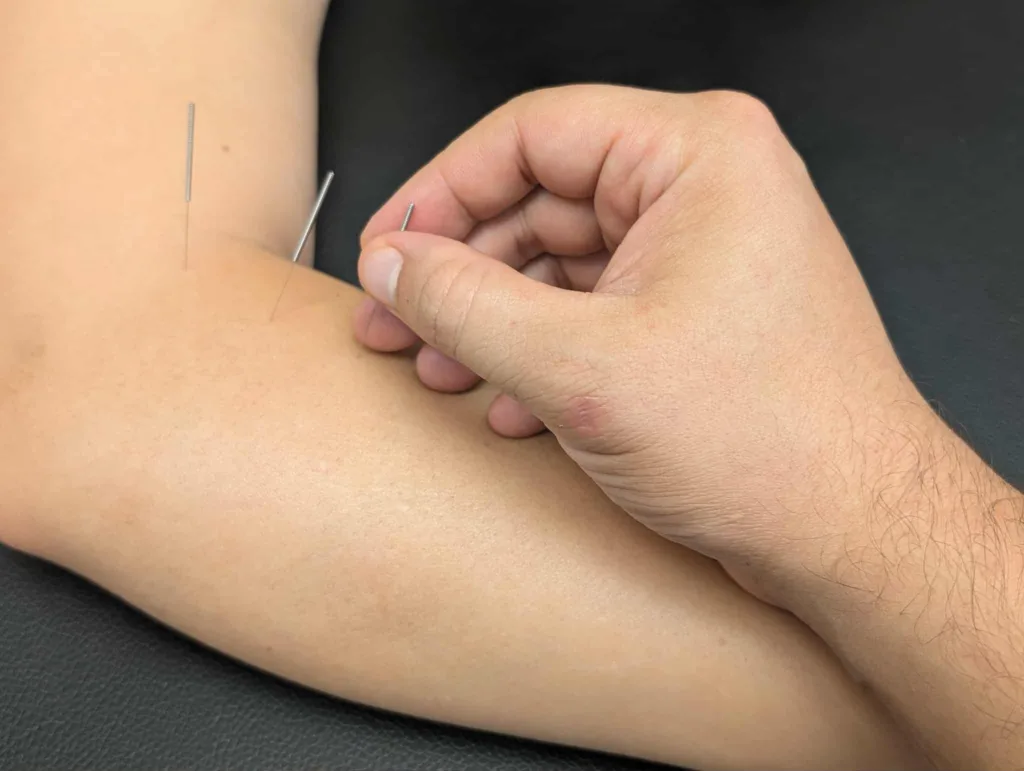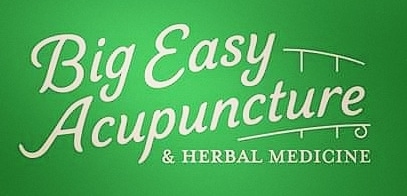- Home
- About Us
- Service Fees
- Treatments
- Acupuncture for…
- Acupuncture for Allergies
- Acupuncture for Anxiety
- Acupuncture for Arthritis
- Acupuncture for Back Pain
- Acupuncture for Chronic Pain
- Acupuncture for Digestive Issues
- Acupuncture for Headaches
- Acupuncture for Infertility
- Acupuncture for Insomnia
- Acupuncture for Neck Pain
- Acupuncture for Opioid Addiction
- Acupuncture for Stress
- Acupuncture for Weight Loss
- Blog
- Contact
- Book Online
Dry Needling
Holistic Medicine

Holistic Medicine for Pain, Mobility, and Strength | Big Easy Acupuncture, Metairie LA
A practical, whole-body approach to pain, stress, and function
When most people search for “holistic medicine,” they’re looking for care that treats more than just one symptom. They want someone to look at how their pain, stress, movement, sleep, and health all fit together.
At Big Easy Acupuncture & Herbal Medicine in Metairie, “holistic” has a clear meaning. We look at how your muscles, joints, nerves, nervous system, and lifestyle are working together. We then use acupuncture, hands-on work, accountability coaching, and herbal support to help your body and mind function better as a whole.
What Holistic Medicine Means at Big Easy Acupuncture
Here at big easy acupuncture we look the whole body in these ways:
Structure
How you move, your strength, and where tension is held. This leads to which muscles are weak, overworking, or inhibited.
Nerve Pathways
Where nerve irritation, compression, or poor signaling might be affecting strength, sensation, or pain. Acupuncture also helps calm the nervous system to help people feel more relaxed.
Systems
Sleep, stress, digestion, and energy—all of which affect how you heal
Your life
Work demands, activity levels, past injuries, and what you need your body to do day to day
Instead of chasing single symptoms, we look for patterns across all of these areas. continue reading



